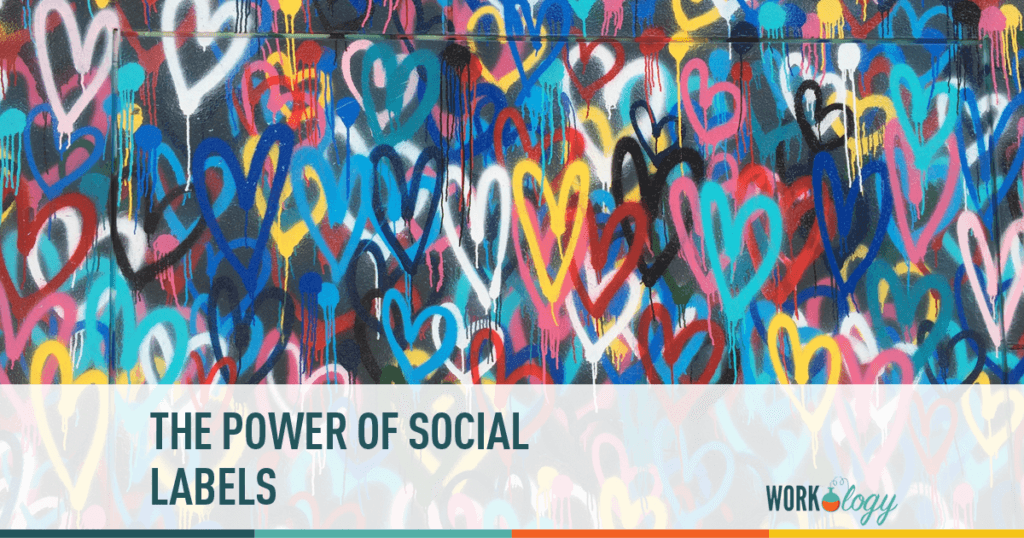While attending a large church conference recently, I found myself waiting on a very slow hotel elevator. As I paced the floor I noticed an African American youth walking toward me down the hall.
The Power of Social Labels
I’m not proud to say that I felt a small amount of fear. I was alone on the eleventh floor with no available exit other than what seemed to be perpetually closed elevator doors.
The young man was dressed like a typical urban youth with basketball shoes, earphones and “attitude.” He glanced at me, but avoided eye contact.
Fear of the Unknown
I thought about who he probably saw standing in front of him – an unsmiling, rigid, middle-aged white guy. He was larger than me, so he didn’t fear my physical presence. But, I wondered what other fears my presence might have generated?
Perhaps he’d had previous confrontations with authority figures like teachers or law enforcement. I’m increasingly aware of the negative impressions younger people receive from people of my generation. These thoughts crossed my mind as we stepped on the elevator together.
But, I was about to learn that social labels can unite as well as divide. As we stood in silence, I noticed he was glancing at the convention tag hanging around my neck. So, I asked him if he was attending the conference and he said yes. But, he hadn’t yet picked up his tag.
I told him I was glad there was such a strong youth presence at the conference and he just nodded and smiled. But, he made full eye contact and the earlier tension began to evaporate.
Label #1 – Where we’ve been
We chatted about the size of the conference and how people had come from all over the world to attend. Then I asked him where he was from.
He was from Austin and as I turned toward him, my voice lifted as I told him I lived only a few hours away in OKC. He gave me a wide smile, told me he had been to OKC and agreed we didn’t live very far away from each other, at all.
When we got off the elevator, we were chatting like old friends. Any fears associated with our differences in age and race had completely dissipated. Those fears were replaced with a mutual relief wrapped around a lightweight energy, which was borne of overcoming stereotypes.
Label #2 – Why we’re here
We continued talking as we walked, then separated as we reached the main convention area. He was headed toward the food court and I was hunting for the information desk. So, we wished each other well and went about our day.
I’ve always believed an important factor in the achievement of social justice is the transcendence of labels in our interpersonal lives. Because, too many times people label other people out of fear of their differences, rather than admiration of their diversity.
But, now I’m beginning to understand that sometimes labels are good. For a brief moment on that elevator labels enabled me to exchange fear for admiration. The labels of organization and geography replaced the tired labels most often associated with fear and hate.
Label #3 – Where we’re going
Knowing we were in that place for similar reasons and from the same corner of the country broke open a barrier that might have remained in another place or another time.
But, that tag hanging around my neck told that young man that I was part of his tribe, at least at that moment in that hotel. It was a fortunate label that enabled a brief integration, which will hopefully lead to more of the same for both of us.
And, ever since that day I’ve wondered what other labels of commonality I can use to better integrate with people who are different from me.
New Labels for Social Good
One of the most positive attributes of church organizations is how often they successfully cut across the gender, race, and socio-economic differences that separate people.
And, other social service organizations can do the same thing. They can redirect a person’s mind away from what’s different about other people, toward a common objective that helps other people, regardless of their differences.
Church isn’t for everyone, and neither is the Rotary Club or other social service organizations. Not all of us are joiners of groups.
But, the act of gathering and coordinating with other people for the purpose of helping people is the quickest and best way of replacing negative labels with positive labels as we interact with others.
As an HR practitioner you have an untold number of team building and social service activities you can provide your employees. And, you have the power to do much more than merely coordinate time filling events.
When you mix up work teams and create new teams organized for the purpose of helping others in the community, you are doing nothing less than replacing old labels with new.
You are creating space for the kind of integration that can dispel racism, sexism, and other fears that lead to separation and hate.
Sometimes it’s good to pause and remember just how important your work in HR really is.









